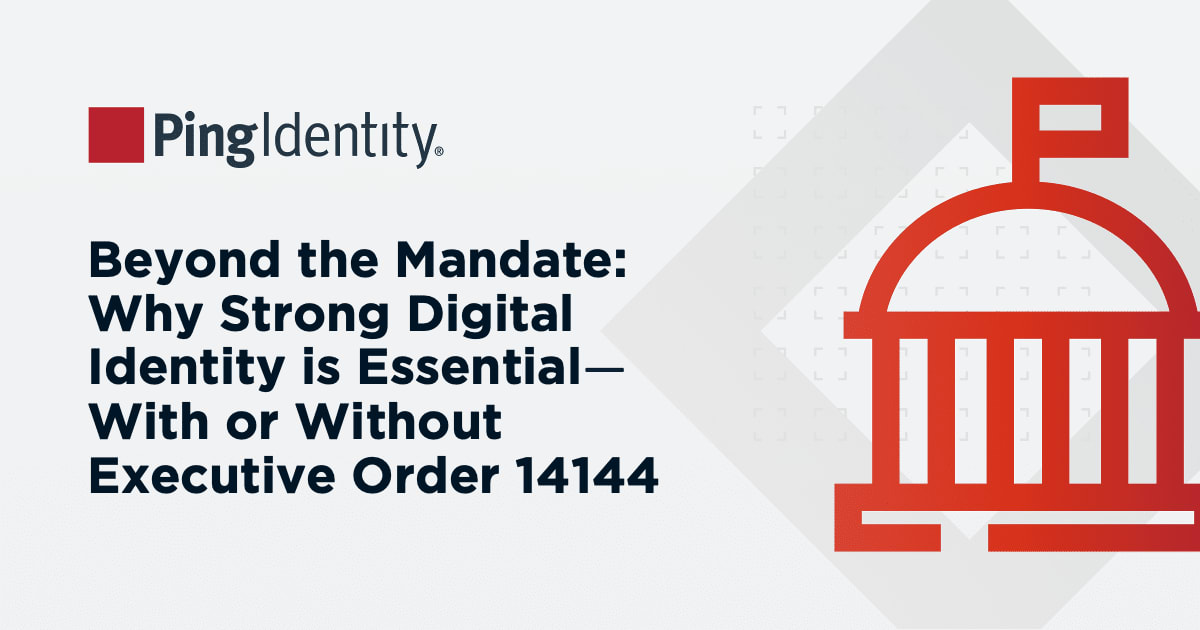A new study shows that organizations can enjoy a range of benefits by migrating — if they can overcome internal challenges
In the early days of cloud adoption, organizations were understandably apprehensive. Many of the early adopters were particularly concerned about security, and tested the waters with non-essential apps that were easy to migrate and presented minimal risk. In the years since, with most organizations well into their cloud journeys, cloud migration has proven its value in material ways, enabling greater productivity, better customer engagement, lower costs, and improved efficiency. And it's strengthened security by moving visibility and control to anywhere users and data happen to be.
Most would agree that identity and access management (IAM) is a critical component of a robust security ecosystem. So, it only makes sense that organizations would look to move IAM to the cloud as part of their overall digital transformation initiatives. Yet, many organizations remain hesitant to jump in and begin the process of migrating IAM systems to the cloud, despite its potential benefits.
We set out to find out why with the help of Forrester.
The result of this work is a custom study by Forrester Consulting in November 2023, commissioned by ForgeRock and Ping Identity and titled, "Cloud Migration Optimizes Identity and Access Management."
The study's purpose was to investigate the challenges that are holding organizations back from migrating IAM to the cloud. The survey also explored the benefits and opportunities awaiting those that embrace cloud IAM.
About the study
The commissioned study queried organizations around the world with at least 5,000 employees to explore their concerns about migrating IAM systems and solutions to the cloud. It also sought to understand the perceptions of IAM administrators and security leaders about cloud migration, the potential benefits of embracing a move to the cloud, and how cloud migration impacts their success. Ultimately, it looked to help guide organizations considering a move to the cloud to create a plan for IAM cloud migration.
Cloud IAM can help organizations achieve their objectives, so why aren't more adopting it?
Organizations in all sectors face challenges related to demands for stronger security and better experiences for customers and employees. They're fielding requests for multi-factor authentication (MFA), including passwordless authentication, while navigating a complex web of regulations that vary by region.
For most, the answer may be cloud IAM. According to the survey, 86% of respondents indicate that fully migrating IAM to the cloud is important to their success. That number jumps to ninety-two percent for organizations using both workforce IAM and customer IAM (CIAM).
But despite broad interest in its benefits, organizations have been slow to make the move. According to Forrester, only 12% of organizations are fully embracing identity in the cloud.1
For many organizations, the culprit is internal
The survey showed that organizations are having trouble overcoming the challenges with cloud migration, primarily in two areas: organizational barriers and complexity.
One of the great advantages of cloud IAM technology is that it enables enterprises to transition from an on-premises IAM system to the cloud to deliver the agility, reliability, and scalability commonly associated with cloud technologies and services. But the complexity of legacy IAM ecosystems creates barriers to success.
Assessing and managing existing infrastructure, including highly distributed identities, identifying integrations and incompatibilities between apps and cloud solutions, and realigning internal technologies to facilitate a move to the cloud represent arduous but critical tasks. Add to that organizational silos, including siloed IAM, and a lack of leadership support at the highest levels, and it's no wonder that the journey to the cloud for many organizations is an uphill battle.
What benefits await?
Although the challenges can be intimidating, the journey to the cloud offers a bounty of rewards that make the endeavor worthwhile. More than 60% of survey respondents indicate that successful migration can enhance security, including improving password security and enforcing Zero Trust security.
Cloud IAM also helps businesses deliver the kind of frictionless user experiences that attract, engage, and retain customers, and enhance employee engagement and productivity. Equally significant are the operational improvements offered by cloud migration, including reduced complexity in governance and management, improved agility to comply with regulations, and the freeing of resources normally burdened with these tasks — many of the manual — to focus on other activities that deliver greater business value.
How can you move forward?
Are you investigating a move to cloud IAM? Is cloud IAM already part of your plans? Explore the study's findings, expert insights, and practical recommendations. You'll discover how a robust cloud IAM strategy can allow you to overcome the common challenges of cloud migration and realize its benefits — enhanced security, business agility, and exceptional user experiences for all your identity populations. Download your copy of the Forrester Opportunity Snapshot, "Cloud Migration Optimizes Identity and Access Management," today.
1 Source: "Identity and Access Management Market Insights, 2022," Forrester Research, Inc., January 12, 2023.


